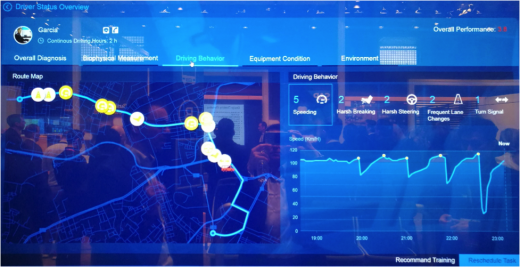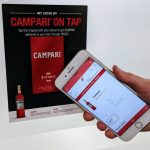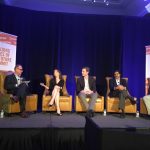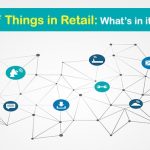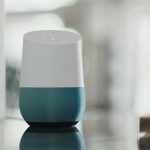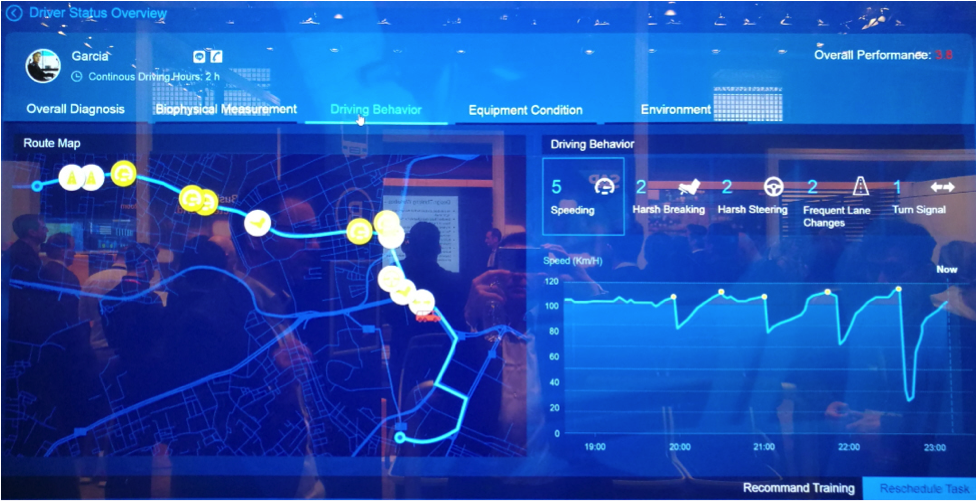How the transformation of the automotive industry is IoT-driven
How the transformation of the automotive industry is IoT-driven

Of all the industries that the Internet of Things (IoT) has influenced, the automotive industry — with its connected car — seems to remain particularly successful at capturing the interest of consumers. From predictive maintenance of vehicles to smart cars that can offer you advice regarding parking reservations, today’s connected car comes equipped with a number of technologies that were once considered impossible.
While the entire automotive industry is undergoing a technological transformation, there are a few manufacturers that are ahead of the others when it comes to innovation. The recent Mobile World Congress that was organized in Barcelona was attended by many of these manufacturers that are doing noticeable work to accelerate the arrival of the car of the future through unique combination of technologies, expertise, and partnerships. One of the most developments was SAP’s partnership with Hertz, Nokia, and Concur Technologies.
Here’s a quick review of how the new partnerships will expedite the process of innovation and offer car users with an intelligent, automated, and personalized driving experience.
Mojio — A Solution for Scalable Deployment of Connected Car Services
Mojio is an innovative platform that allows a seamless collaboration between the automotive, insurance, and telecom industries to create an ecosystem that features advanced data collection and analytical capabilities. It collects three types of data — contextual, behavioral, and diagnostic to offer a personalized experience to the users while improving asset availability and performance.
Built on SAP Vehicles Network, Mojio is working with Google, Microsoft, and Amazon to offer an improved experience to the users. Here is a couple of future possibilities of how Mojio’s partnership with tech giants will add to the comfort and convenience of the users.
- Amazon/UPS/DHL/FedEx will use the geolocation data of users to deliver an order directly to the boot of the car while the owner’s having their lunch in a restaurant or attending a meeting.
- IFTTT and Mojio will work collaboratively to update your calendar automatically based on travel habits and track new trips in a Google spreadsheet.

Hertz to Explore the Potential of In-Car Personalisation with IoT
Hertz joined the SAP Vehicles Network to become the first rental company to leverage the IoT for offering personalised experience to its customers. The partnership will allow Hertz to integrate in-car personalisation with travel and itinerary planning to offer its customers just what they need. Apart from this, Hertz will also use Concur Technologies’ TripLink to allow customers to generate an all-inclusive expense report at a single click. This, in turn, will save time and improve user convenience.
Nokia to Add Multi-Layer Security to Connected Cars
Nokia has designed a new solution called Intelligent Management Platform for All Connected Things (IMPACT). IMPACT offers advanced data collection, analytics, and business application development capabilities, allowing service providers to offer a number of value-added services to their customers, such as:
- Getting real-time updates on traffic flow
- Personalisation of driver settings
- Monitoring and alerts regarding fuel levels, speed, and various other metrics
NTT and SAP Collaboration to Improve the Safety of Public Transport
In addition, to offer customers an improved experience, SAP has also partnered with NTT to devise a one of its kind solution that will improve the safety of public transform. Known as Live Transportation Monitoring, the solution has three main components — SAP’s connected transportation safety portal, NTT’s IoT analytics platform, and a unique fabric called “Hitoe.” The fabric is coated with a polymer that will collect and conduct data regarding the driving behavior and key health parameters of drivers to help service providers improve the safety of their passengers, as well as drivers.
The fabric is coated with a polymer that will collect and conduct data regarding the driving behavior and key health parameters of drivers to help service providers improve the safety of their passengers, as well as drivers.

Combines, all these technologies are likely to accelerate the development of a connected car and help the automotive industry understand the true possibilities of the IoT.
The post How the transformation of the automotive industry is IoT-driven appeared first on ReadWrite.
(57)

